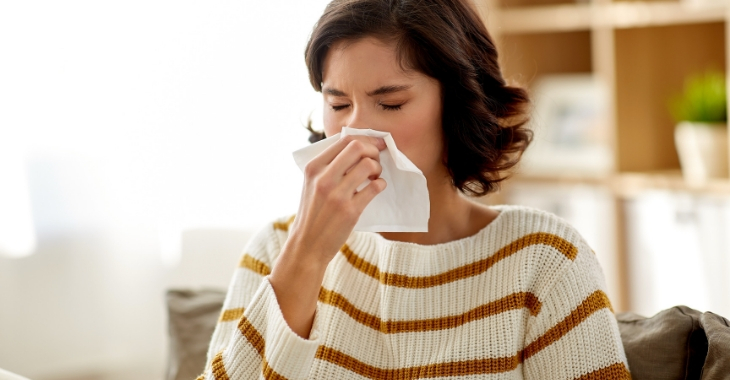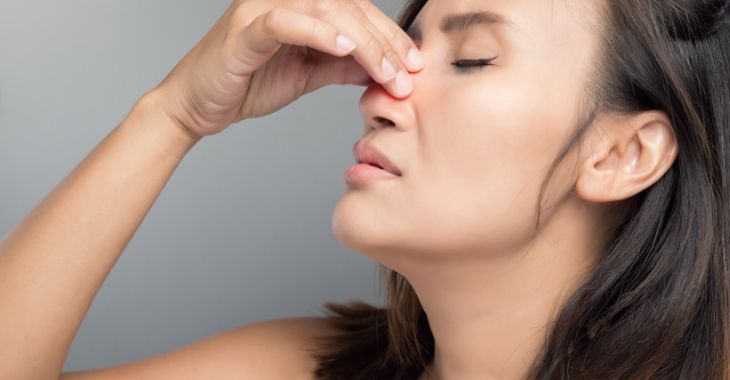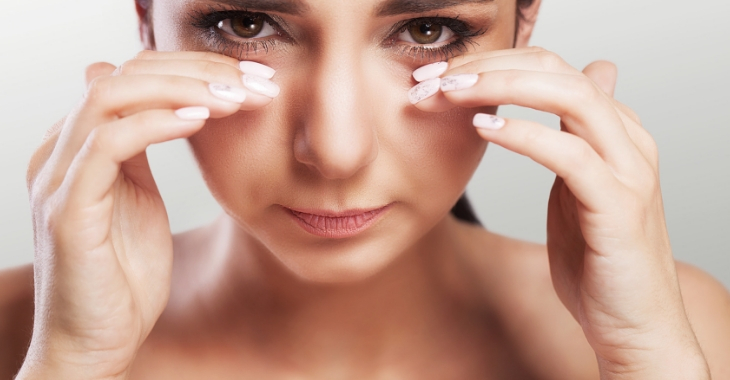What are Turbinates in the Nose?

Stuffy, runny noses are never fun. However, if you suffer from chronic nasal irritation, there may be another underlying cause. Your turbinates may be enlarged. Turbinates are the part of the nose that warms and moistens the air we breathe. They are your personal humidifier. However, just like humidifiers for your home, they can malfunction. Your doctor can help your turbinates work effectively again.
Why do turbinates get enlarged?
Turbinates line the walls of your nose. They expand and contract as they work to regulate the temperature of the air you breathe. Sometimes, turbinates can be triggered by allergies or chemicals. This makes them expand when they don’t need to resulting in nasal blockage. Age is sometimes an issue, as turbinates thicken over time reducing the size of air passageways. Stress, fatigue and hormonal changes may also cause turbinates to enlarge. A deviated septum may also be a part of the problem. All these issues make regular breathing difficult.
Some symptoms of enlarged turbines include stuffy nose, snoring, obstructed sleep apnea They can also cause headaches and sinus pressure.
Treatment for enlarged turbinates
The first step is to take decongestants, antihistamines and corticosteroids to reduce inflammation. If traditional approaches do not work, turbinate reduction surgery may be necessary to reduce turbinate size. The surgery removes some of the soft tissue from the inside that covers the turbinates or removing the turbinate bone if it is too large.
If you are constantly suffering from cold-like symptoms, talk to a sinus treatment specialist. They can pinpoint what the real cause of the problem is and take steps to provide permanent relief.
Posted on behalf of:
New York Sinusitis Treatment
Columbus Circle Office
200 W. 57th Street Suite 1410
New York, NY 10019
(212)784-6643
The information provided on this website, including text, graphics, images, and other materials, is intended solely for informational purposes and should not be used as a substitute for professional medical advice, diagnosis, or treatment.



)